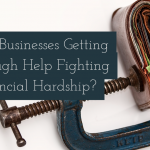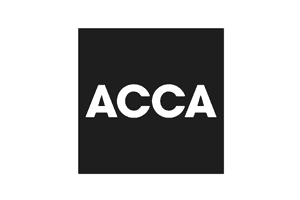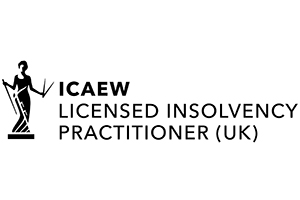Available Courses of Action on Receiving a Winding Up Petition
1. Pay the Debt
The most obvious way to deal with a Winding Up Petition is of course to pay the debt. You need to take care just paying the debt though as there are often underlying financial problems within the business that led to the debt getting to this stage and paying off the debt may lead to problems with other debts that you will be unable to deal with having paid out funds on the current debt.
If you do decide to pay the debt, you need to ensure that the other party agrees that the payment is in full and final settlement of the debt and that they will withdraw or dismiss the Winding Up Petition upon receipt of the payment. You should of course get this confirmation in writing prior to making the payment.
2. Put the Company into Creditors’ Voluntary Liquidation (CVL)
If you want to try to save all or part of your business then it is often more appropriate to place the Company into Creditors’ Voluntary Liquidation. This is a Liquidation which is instigated by you as a director using an Insolvency Practitioner of your choice. CVL is also the most appropriate way to close your Company if it has assets left even if you don’t want to continue in business.
In a CVL, the job of the Liquidator is to sell the Company’s assets for as much as possible. Usually, the assets are of most value to you in a successor business (known as a Phoenix company). You are therefore able to buy them back free from the Company’s historic debts. For the purposes of the CVL, the assets are valued at their current market value as a whole so are often much cheaper than they originally were.
If the Company does not have any assets but you still want to place it into Creditors’ Voluntary Liquidation then it will fall to the Directors to pay for the Liquidation. If you are in this situation then we will always agree a fixed fee with you in advance and if possible will agree staged payments with you. You may also find that you are entitled to compensation for redundancy and loss of notice which may offset some or all of the cost.
You can find out more about Creditors’ Voluntary Liquidation here.

Peter James Anderson
Insolvency Practitioner
Receiving a Winding Up Petition will ultimately result in Compulsory Liquidation. This is a daunting prospect if you don’t know what your options are or what to expect.
3. Put the Company into Administration
If your Company needs immediate protection from creditor recovery action then it may be appropriate to place it into Administration. Unlike other Insolvency processes, Administration provides legal protection almost from the moment the process is started and so in the right circumstances can be a very useful tool.
If you have already received a Winding Up Petition then it will be necessary to make an application to Court to put the Company into Administration. We are able to deal with all parts of this process for you but because of the complexity, the sooner you contact us, the more quickly and easily we will be able to help.
You can find out more about Administration here.
What to Expect After Receiving a Winding Up Petition
If you do not deal with the Winding Up Petition in one way or another then your Company will be placed into Compulsory Liquidation. The Winding Up process typically proceeds as follows:
- The Winding Up Petition will be advertised prior to the hearing date stated on the paperwork. Your Company bank account will be frozen as soon as the advert appears in the London Gazette.
- At the Winding Up hearing a Judge will consider whether to place the Company into Compulsory Liquidation. You do not have to attend this hearing but if you do not then the Judge will almost certainly grant the Winding Up Order in your absence.
- After the hearing, the Company is formally in Compulsory Liquidation. The matter will now be passed to the Official Receiver which is a Government office which deals with Compulsory Liquidation and Bankruptcy.
- The Official Receiver will require you to attend an interview in which you will need to provide details of all of the Company’s assets and debts. Based on this interview and on your Company’s trading history, the Official Receiver will decide whether they can take any recovery action against the directors for things such as wrongful trading, preference payments or transactions at an undervalue.
- If there is the potential for significant recoveries, the Official Receiver may pass the case to a licensed Insolvency Practitioner. This is done on a rota system and you will have no influence over which Insolvency Practitioner is appointed.
As you can see, failing to deal with a Winding Up Petition leads to more uncertainty and the potential for very onerous investigations. Because of this, we always recommend you at least consider the alternatives before allowing a Winding Up Order to made.
Our Service
When you get in touch with us, you will speak directly to a licensed Insolvency Practitioner from the outset. We will take the time to understand your Company’s financial position, what your future intentions are for the business and ultimately what outcome you are hoping for.
If you want to take action to deal with a Winding Up Petition and think that Creditors’ Voluntary Liquidation or Administration may be a better solution for your business then please do not hesitate to contact us. If you have received a Winding Up Petition then you need to act as soon as possible in order to have the full range of options available to you.








